Transform any room into a cozy retreat with these stunning rustic ceiling ideas that blend natural beauty with timeless charm. Whether you're renovating a farmhouse kitchen, designing a mountain cabin, or adding character to a modern home, rustic ceilings create warmth and visual interest that standard flat ceilings simply cannot match. From reclaimed barn wood planks to exposed timber beams, these designs celebrate the authentic appeal of natural materials while offering practical solutions for various architectural styles and budgets.

1. Reclaimed Barn Wood Plank Ceiling

Reclaimed barn wood planks create an authentic rustic ceiling that tells a story through weathered textures and natural patina. These aged planks showcase decades of character with nail holes, saw marks, and color variations that machine-made materials cannot replicate. Installing them as tongue-and-groove or shiplap provides seamless coverage while highlighting each board's unique history. The natural graying and warm brown tones complement both traditional farmhouse interiors and modern rustic designs. This sustainable choice reduces environmental impact while delivering unmatched authenticity. Consider varying plank widths for added visual texture and movement across the ceiling surface.
2. Exposed Timber Beam Ceiling with Pine Planks

Combine massive exposed timber beams with natural pine planking for a ceiling design that captures the essence of rustic architecture. The structural beams, whether reclaimed or newly hewn, create dramatic lines that draw the eye upward while supporting the visual weight of the space. Pine planks fill the sections between beams, offering warm honey tones that brighten darker rooms naturally. This combination works exceptionally well in great rooms and dining areas where architectural drama enhances gathering spaces. The contrast between heavy timber and lighter planking creates depth while maintaining the cohesive rustic aesthetic throughout the entire ceiling treatment.
3. Cedar Tongue and Groove Vaulted Ceiling

Cedar's natural moisture resistance and distinctive grain pattern make it perfect for vaulted ceiling applications in bathrooms, kitchens, or covered outdoor spaces. The interlocking tongue-and-groove installation creates seamless lines that follow the ceiling's angles while the cedar's natural oils provide built-in protection against humidity and temperature changes. The wood's aromatic properties add sensory appeal to any space. Cedar accepts stains beautifully, allowing customization from natural honey tones to weathered gray finishes. The vaulted installation draws attention to architectural features while cedar's lightweight properties reduce structural stress compared to heavier wood species.
4. Hickory Beadboard Cathedral Ceiling

Hickory beadboard brings rustic elegance to cathedral ceiling designs with its distinctive grain patterns and exceptional durability. The pronounced wood grain showcases nature's artistry while the traditional beadboard profile adds classic charm through its characteristic grooves and raised sections. Cathedral installation emphasizes the room's height while hickory's natural color variations create visual interest without overwhelming the space. This hardwood option resists dents and scratches better than softer woods, making it ideal for high-traffic areas. The beadboard texture catches and reflects light differently throughout the day, creating subtle shadows that enhance the ceiling's dimensional appeal.
5. Whitewashed Shiplap Coffered Ceiling
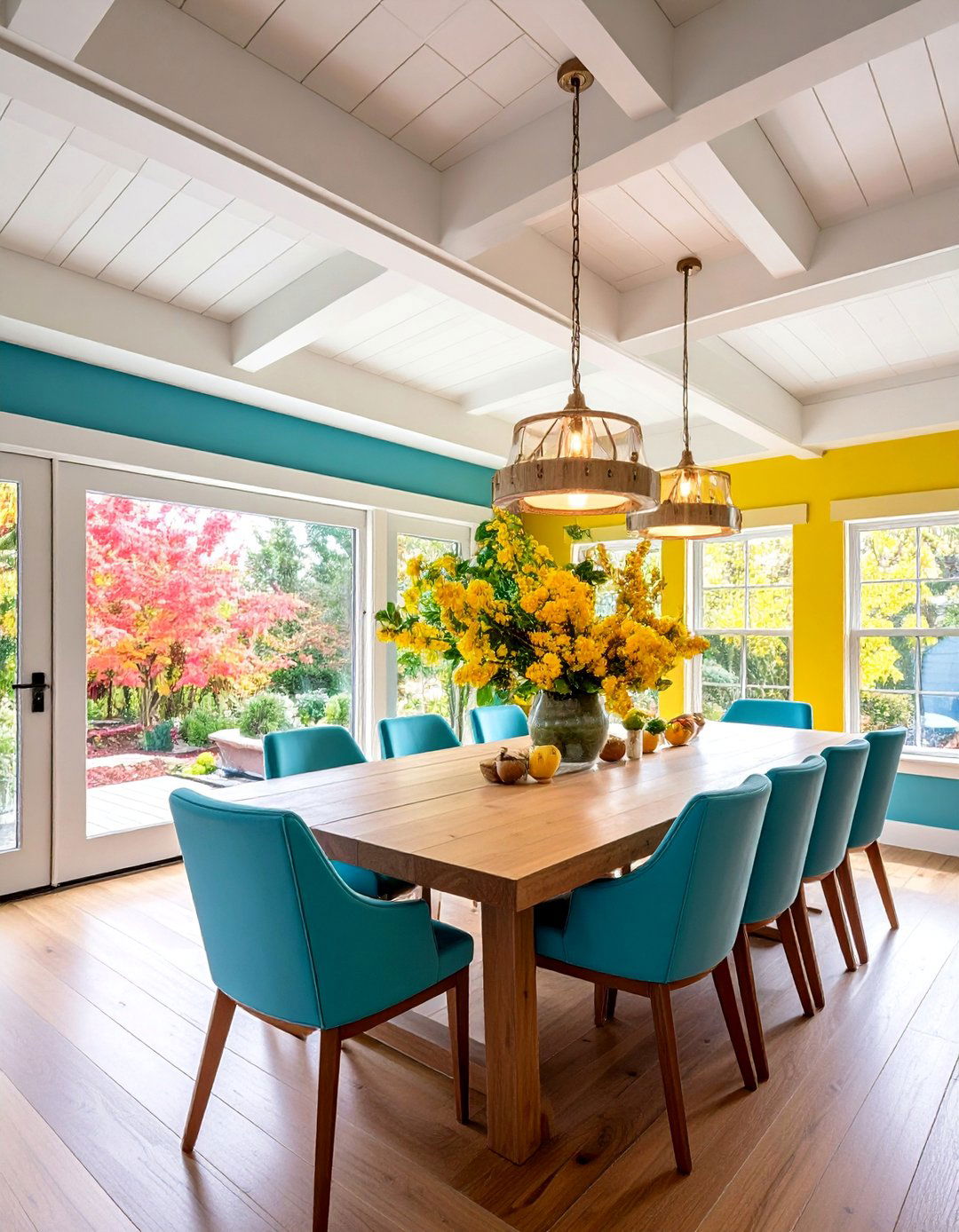
Create sophisticated rustic charm with whitewashed shiplap arranged in a coffered pattern that combines farmhouse simplicity with architectural elegance. The coffered design uses intersecting beams to create rectangular sections filled with shiplap planks, adding depth and visual interest to flat ceiling spaces. Whitewashing allows the wood grain to show through while lightening the overall appearance, perfect for smaller rooms or spaces needing brighter ambiance. This technique works beautifully in dining rooms and bedrooms where subtle sophistication enhances the rustic theme. The coffered structure also provides opportunities for creative lighting solutions within each recessed section.
6. Weathered Oak Barrel Vault Ceiling
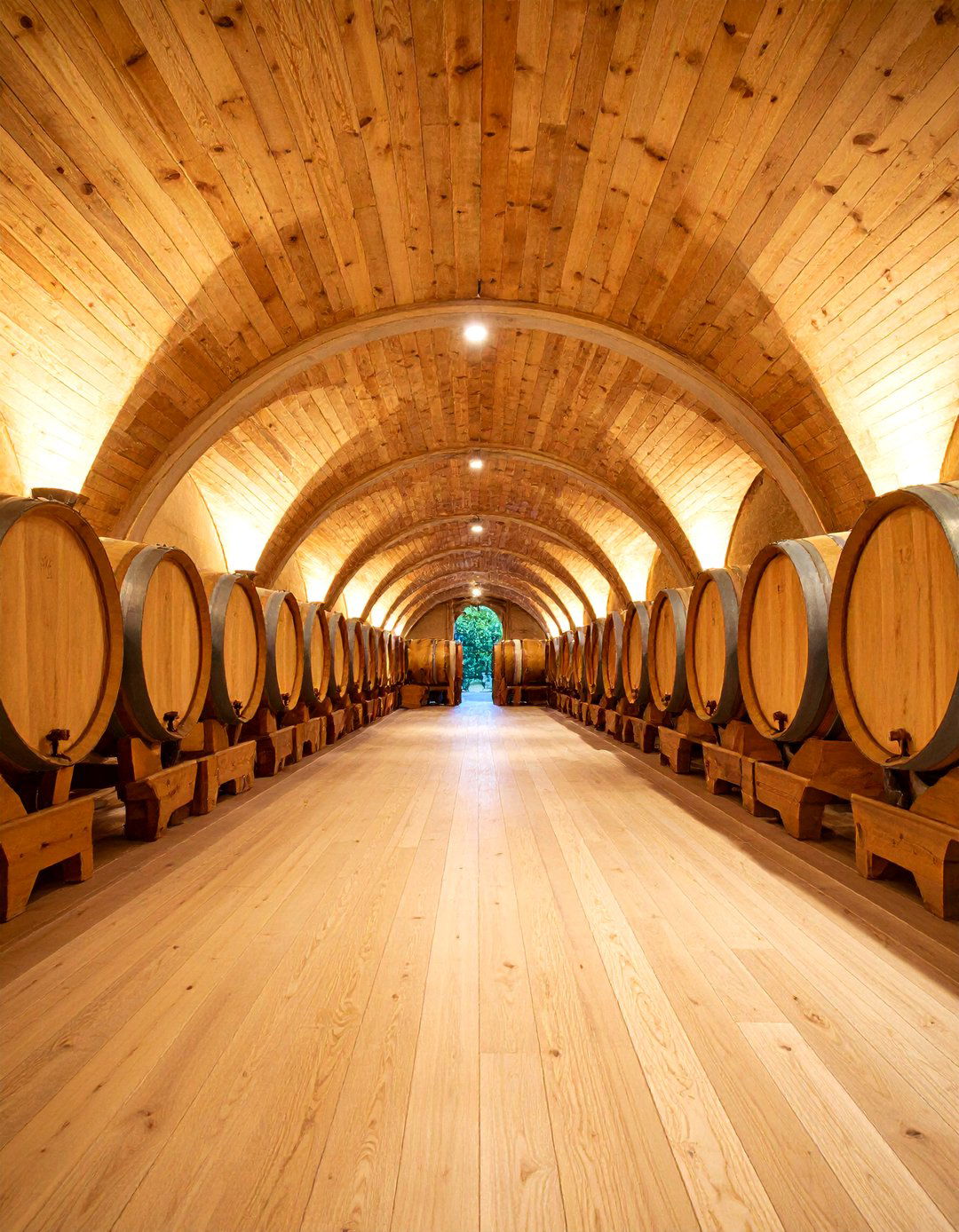
Weathered oak planks installed in a barrel vault configuration create a stunning rustic ceiling that mimics the curved architecture of wine cellars and historic barns. The continuous arch spanning the room's width eliminates corners while the weathered oak finish adds authenticity through naturally aged appearance. This curved installation requires careful planning but delivers dramatic results that make any space feel larger and more open. The oak's natural durability ensures longevity while its weathered finish complements various color schemes. Consider incorporating subtle LED strip lighting along the curve's base to highlight the ceiling's architectural beauty during evening hours.
7. Rough-Hewn Beam Tray Ceiling with Planking
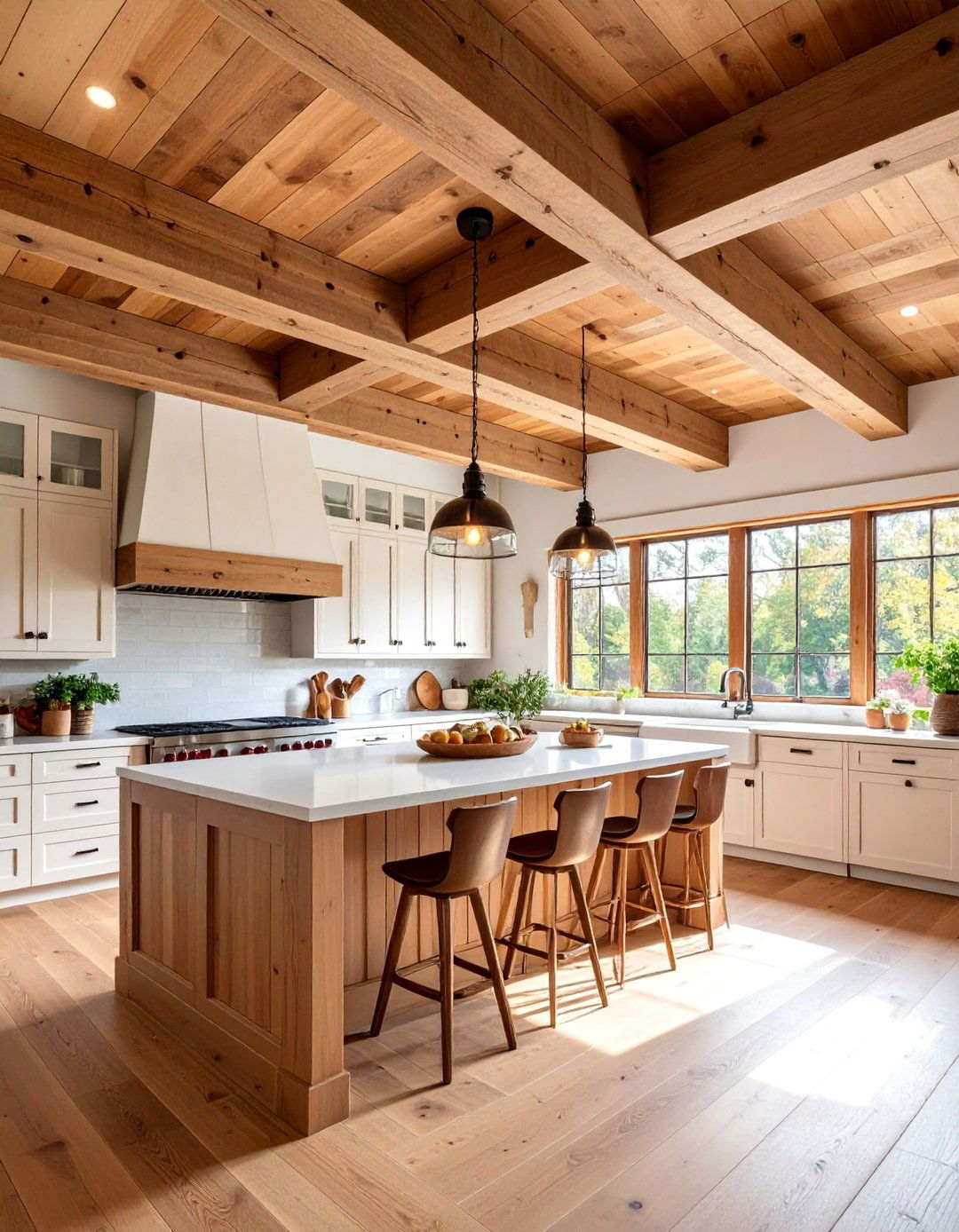
Rough-hewn beams frame a raised tray ceiling filled with rustic planking for a design that adds both height and character to any room. The hand-hewn texture showcases traditional craftsmanship while the tray configuration creates visual layering that makes standard-height rooms feel more spacious. Natural wood planking within the tray provides textural contrast against smooth walls while maintaining the rustic theme throughout. This design works particularly well above kitchen islands or dining tables where the lowered central section creates intimate gathering spaces. The beam framework also provides convenient mounting points for pendant lighting or decorative elements.
8. Distressed Pine Shiplap with Metal Accents
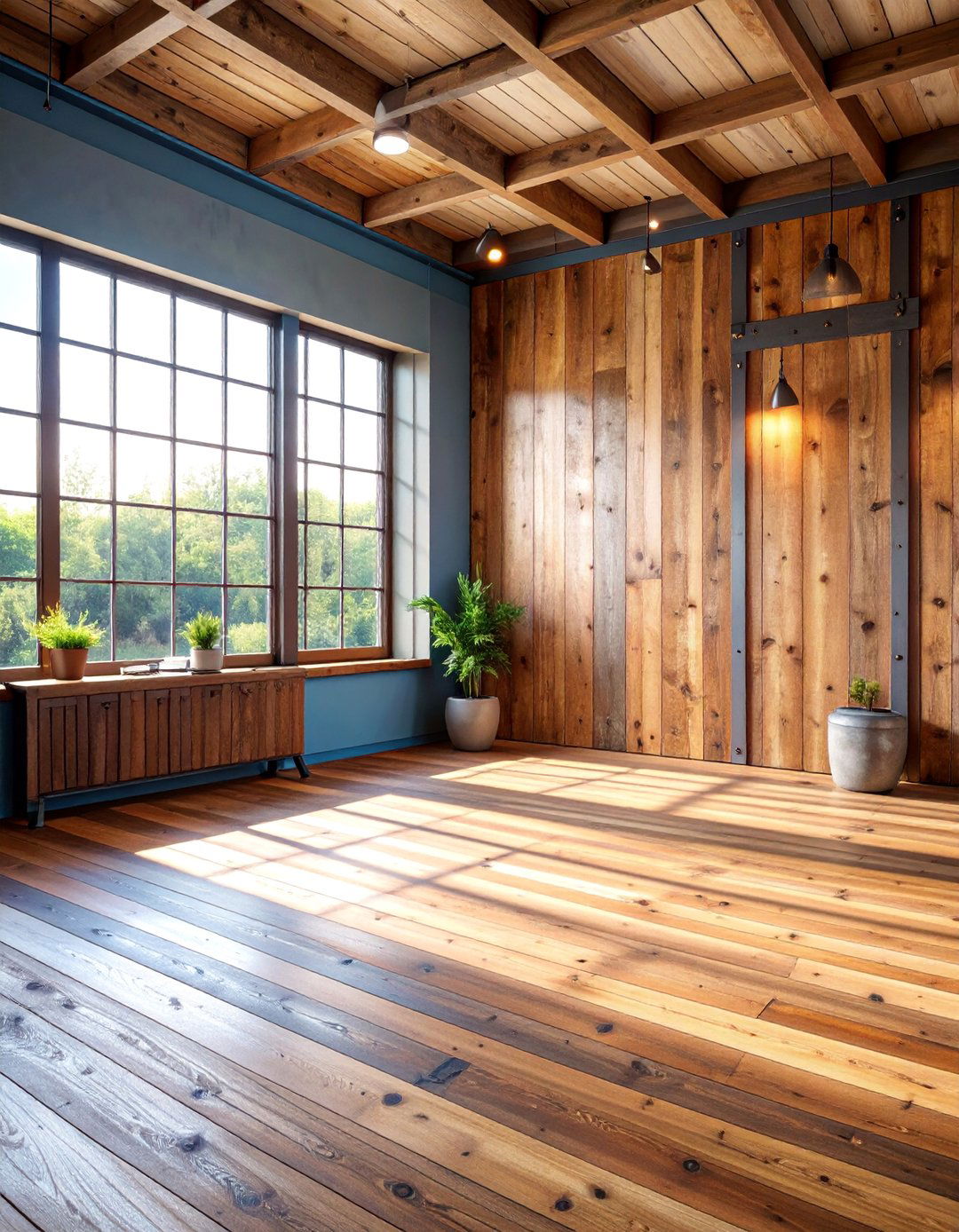
Combine distressed pine shiplap with metal accent strips for a rustic ceiling that bridges traditional farmhouse and industrial design elements. The artificially aged pine showcases intentional wear patterns and color variations while horizontal metal strips create clean lines that break up the wood expanse. This mixed-material approach adds visual interest while maintaining the rustic foundation through natural wood dominance. The metal accents can match existing hardware or light fixtures, creating cohesive design flow throughout the space. Consider varying the spacing between metal strips to create rhythmic patterns that enhance the ceiling's linear movement.
9. Knotty Pine Tongue and Groove with Dark Staining
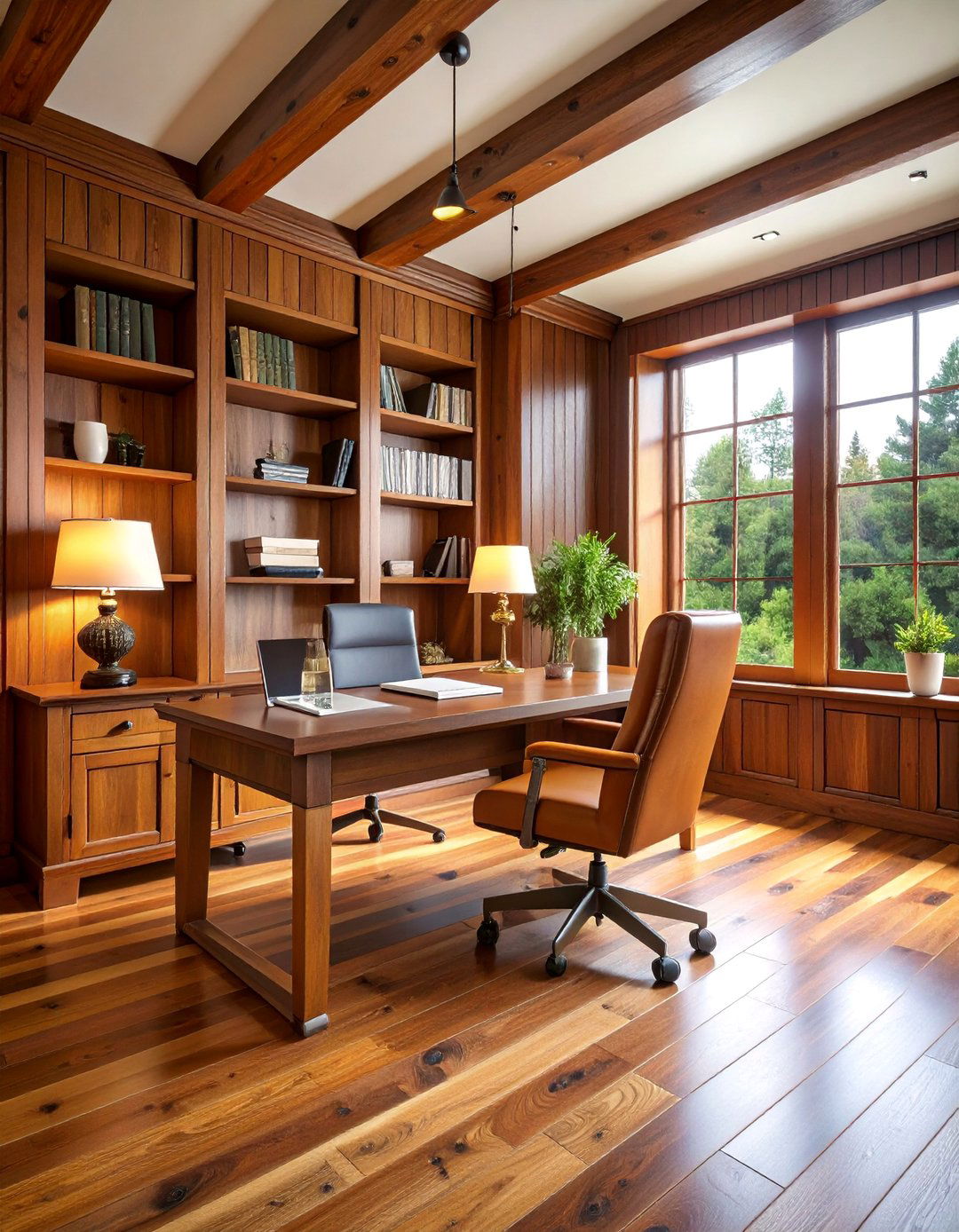
Dark-stained knotty pine tongue-and-groove planks create a rich, dramatic rustic ceiling that brings warmth and sophistication to contemporary spaces. The prominent knots become decorative features when highlighted by deep staining that emphasizes the wood's natural character. The tongue-and-groove installation ensures tight joints while the dark finish adds visual weight that grounds lighter room elements. This approach works beautifully in bedrooms and studies where cozy atmosphere enhances relaxation and concentration. The consistent plank width creates orderly lines while the knot patterns provide organic randomness that prevents monotony across large ceiling expanses.
10. Reclaimed Chestnut Beam and Plank Combination
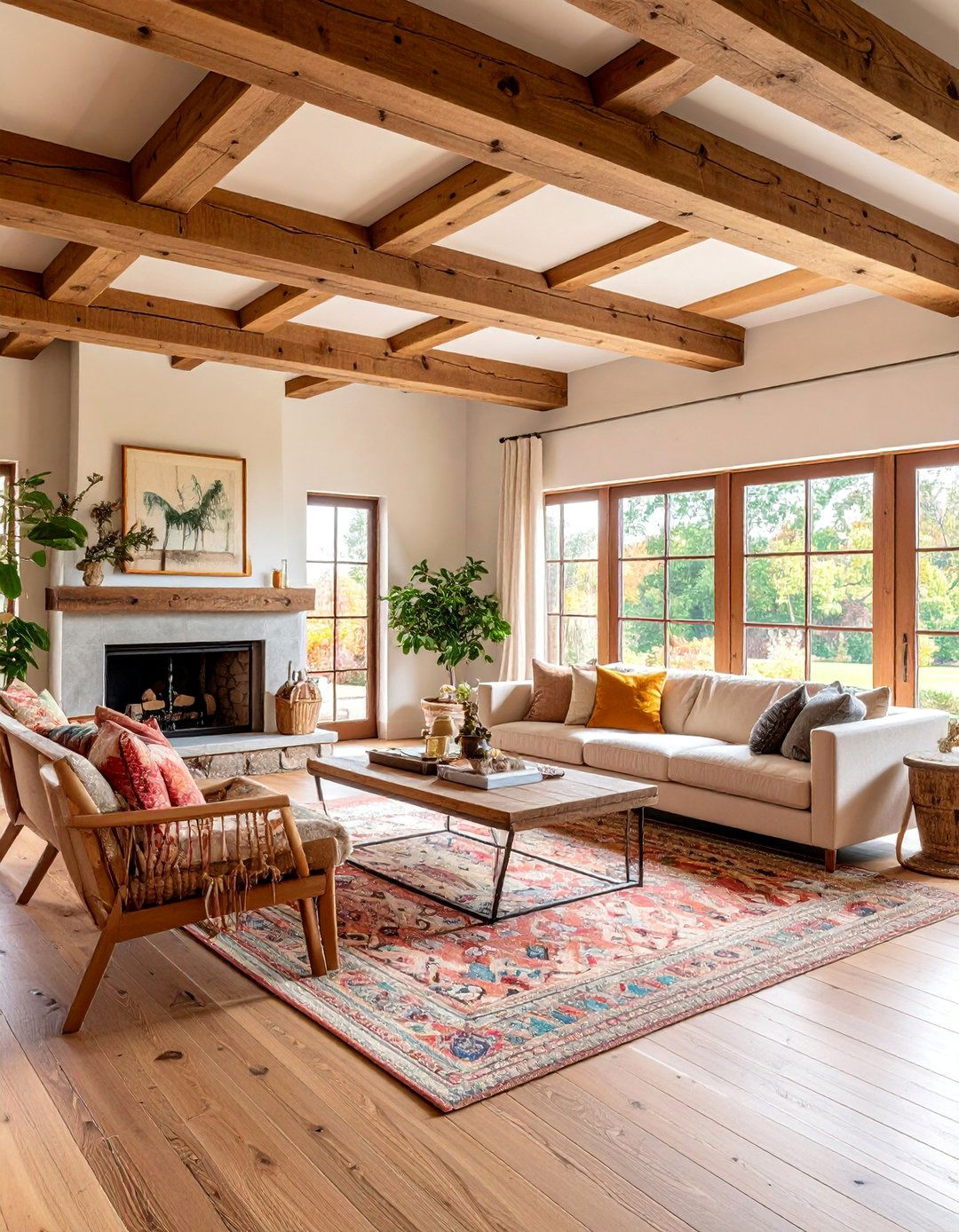
Reclaimed chestnut offers unique rustic ceiling character through its distinctive grain patterns and natural resistance to insects and decay. The wood's honey-brown coloration with darker streaks creates visual warmth while its historical significance adds authentic charm to any space. Installing chestnut as both structural beams and infill planking maintains material consistency while varying the installation patterns for visual interest. The wood's natural hardness ensures durability while its aged patina requires minimal finishing to achieve stunning results. Consider highlighting the wood's natural beauty with warm LED lighting that enhances the grain patterns and color variations.
11. White Oak Coffered Ceiling with Raised Panels

White oak's fine grain and natural durability make it excellent for coffered ceiling designs featuring raised panels within each section. The coffered framework creates architectural drama while raised panels add dimensional depth that catches and reflects light throughout the day. White oak accepts stains uniformly, allowing customization from natural blonde tones to rich dark finishes that complement existing décor. The hardwood's strength supports the coffered structure while its refined grain pattern maintains rustic appeal without overwhelming sophisticated interiors. This design works particularly well in formal dining rooms and libraries where architectural details enhance the space's elegance.
12. Cedar Plank Porch Ceiling with Exposed Rafters

Cedar planks installed between exposed rafters create the perfect rustic ceiling for covered porches and outdoor living spaces. The cedar's natural moisture resistance protects against weather exposure while its aromatic properties enhance outdoor relaxation. Leaving rafters exposed showcases structural elements while cedar planks provide finished surfaces that complement outdoor furniture and natural surroundings. The wood's natural color coordinates beautifully with stone, brick, and metal architectural elements common in outdoor spaces. Consider leaving the cedar unfinished to weather naturally or applying clear sealers to maintain the original color while protecting against UV damage.
13. Mixed-Width Barn Wood Plank Ceiling
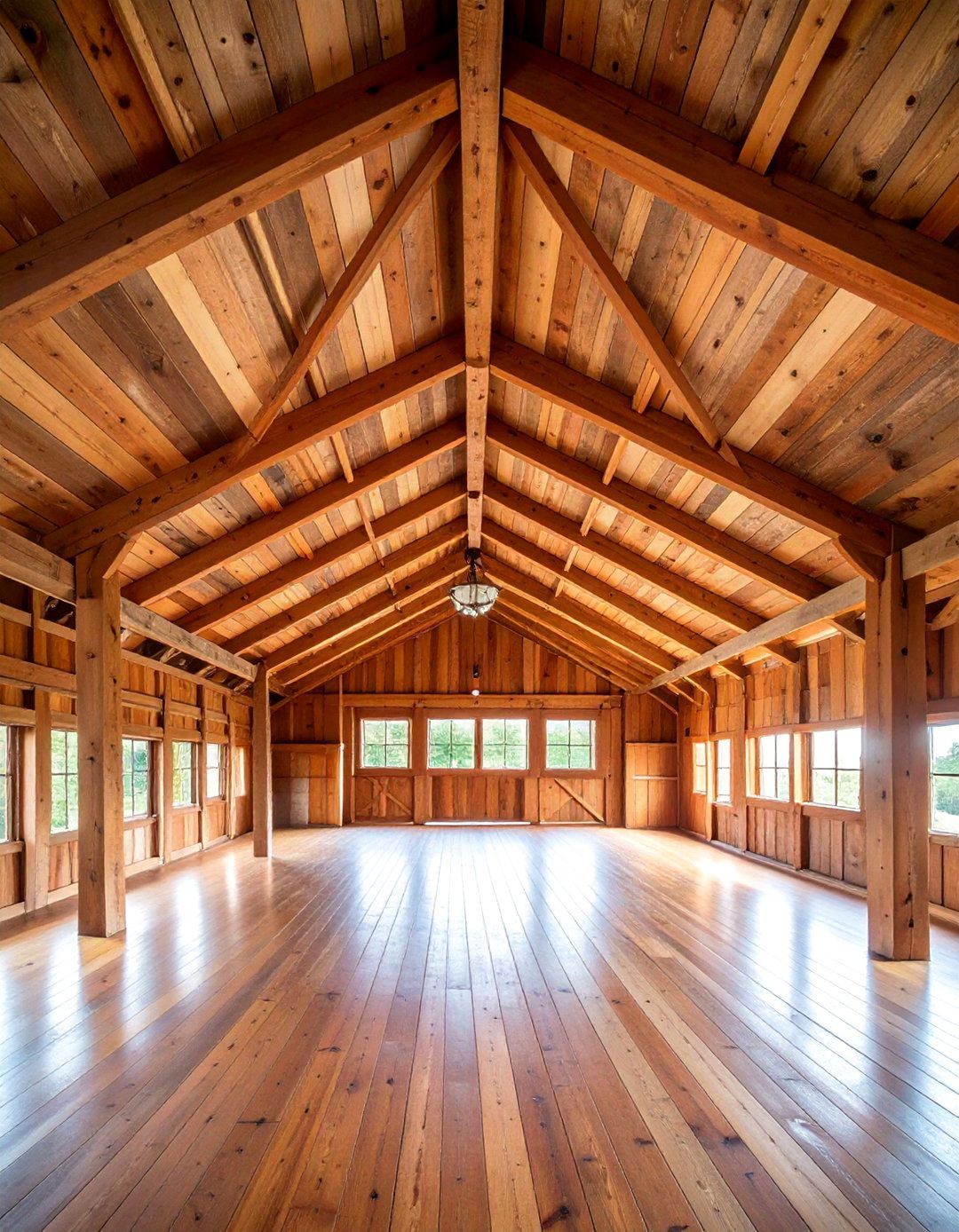
Varying plank widths using reclaimed barn wood creates visual rhythm and authentic rustic character that mimics historical building techniques. The random width pattern prevents monotony while showcasing the individual character of each reclaimed board. This installation method highlights the wood's natural imperfections and aging patterns while creating dynamic lines that draw attention across the ceiling surface. Mixed widths also maximize material usage when working with reclaimed lumber of varying dimensions. The authentic aging process visible in barn wood provides natural color variations that eliminate the need for artificial staining or distressing techniques.
14. Douglas Fir Beadboard with Stained Beams
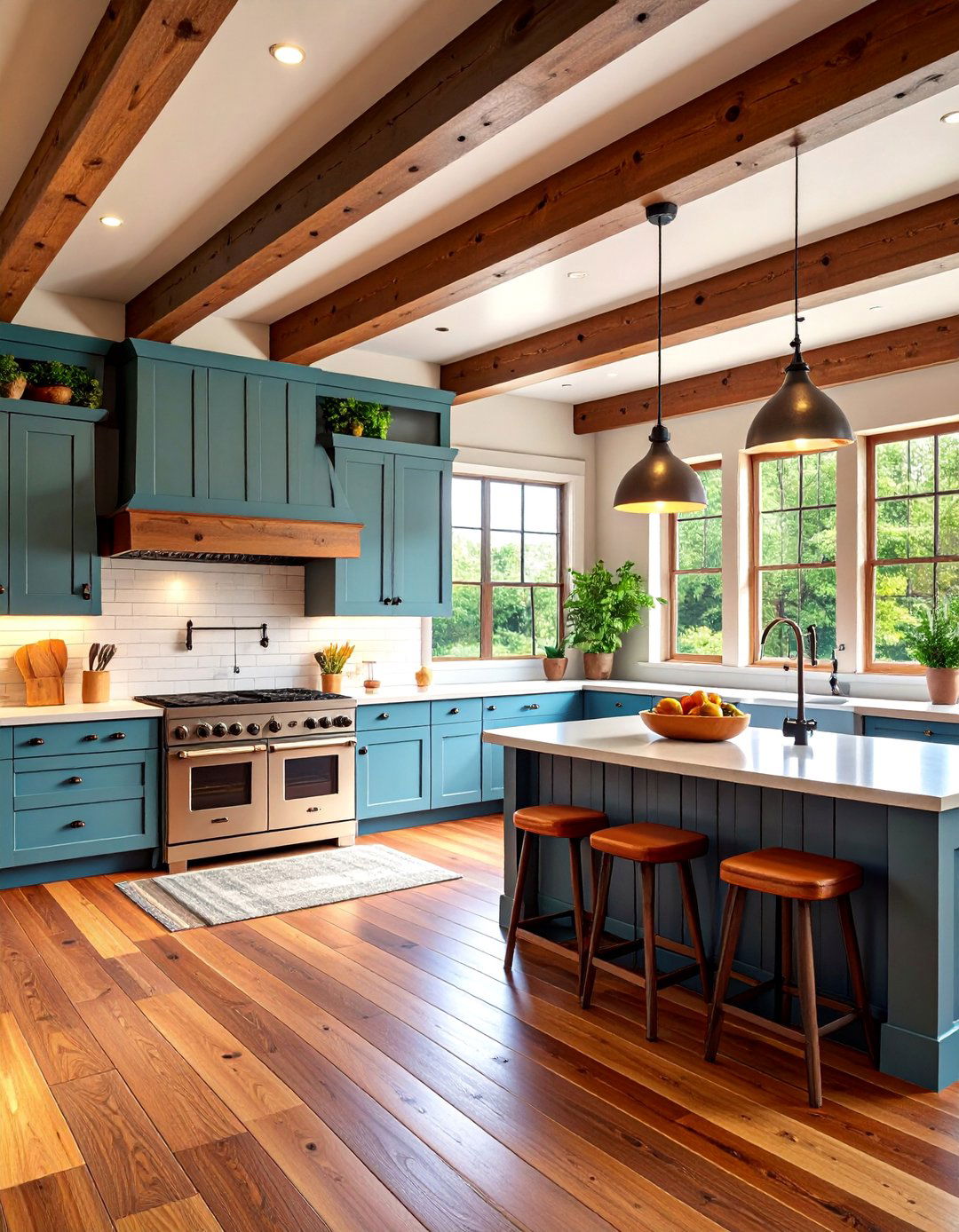
Douglas fir beadboard panels framed by contrasting stained beams create a rustic ceiling that balances texture with clean lines. The beadboard's vertical grooves add traditional charm while Douglas fir's straight grain provides consistent appearance across large installations. Stained beam framework creates visual boundaries while adding color contrast that prevents the ceiling from appearing flat or monotonous. This combination works well in kitchens and family rooms where traditional details enhance gathering spaces. The beadboard panels can be painted or stained to match décor preferences while the beam framework maintains structural visual appeal.
15. Pecky Cypress Vaulted Ceiling Design

Pecky cypress offers unique rustic character through its natural peck marks and holes created by a fungus that attacks the living tree. These distinctive markings become decorative features when used in vaulted ceiling installations that emphasize the wood's unique texture. The wood's natural moisture resistance makes it suitable for bathrooms and kitchens while its light color brightens spaces without overwhelming them. Vaulted installation showcases the pecky patterns while creating dramatic height that makes rooms feel larger and more open. The wood's natural character eliminates the need for artificial distressing while providing authentic rustic appeal.
16. Pine Plank Ceiling with Wrought Iron Details

Natural pine planks enhanced with wrought iron details create a rustic ceiling that combines warm wood tones with industrial metal accents. The iron elements can include decorative brackets, hanging rod systems, or geometric patterns that break up large ceiling expanses. Pine's affordability and availability make it practical for large installations while its light color maintains brightness in spaces with limited natural light. The metal details add visual weight and sophistication while maintaining the rustic foundation through natural wood dominance. This combination works particularly well in great rooms and loft spaces where mixed materials enhance architectural interest.
17. Hemlock Tongue and Groove Cathedral Installation

Hemlock's smooth texture and light coloration create clean rustic ceiling lines in cathedral installations that emphasize architectural height. The wood's straight grain and minimal knot patterns provide consistent appearance while its natural strength supports large spanning installations. Cathedral mounting follows the roofline to maximize ceiling height while hemlock's light weight reduces structural requirements. The wood accepts stains and finishes uniformly, allowing customization while maintaining the clean lines that make hemlock distinctive. This approach works well in modern rustic interiors where simplified wood treatments complement contemporary design elements.
18. Chestnut Beam Grid Ceiling with Plank Infill

Create dramatic rustic architecture using chestnut beams arranged in a grid pattern with natural wood plank infill between sections. The grid structure provides strong visual lines while varying the infill plank direction creates interesting geometric patterns. Chestnut's natural durability and insect resistance ensure longevity while its rich brown coloration adds warmth to any space. The beam grid framework also provides convenient mounting points for lighting fixtures and ceiling fans while maintaining architectural interest. This design works particularly well in great rooms and dining areas where the ceiling becomes a focal point that enhances gathering spaces.
19. Maple Shiplap Tray Ceiling with LED Accent Lighting
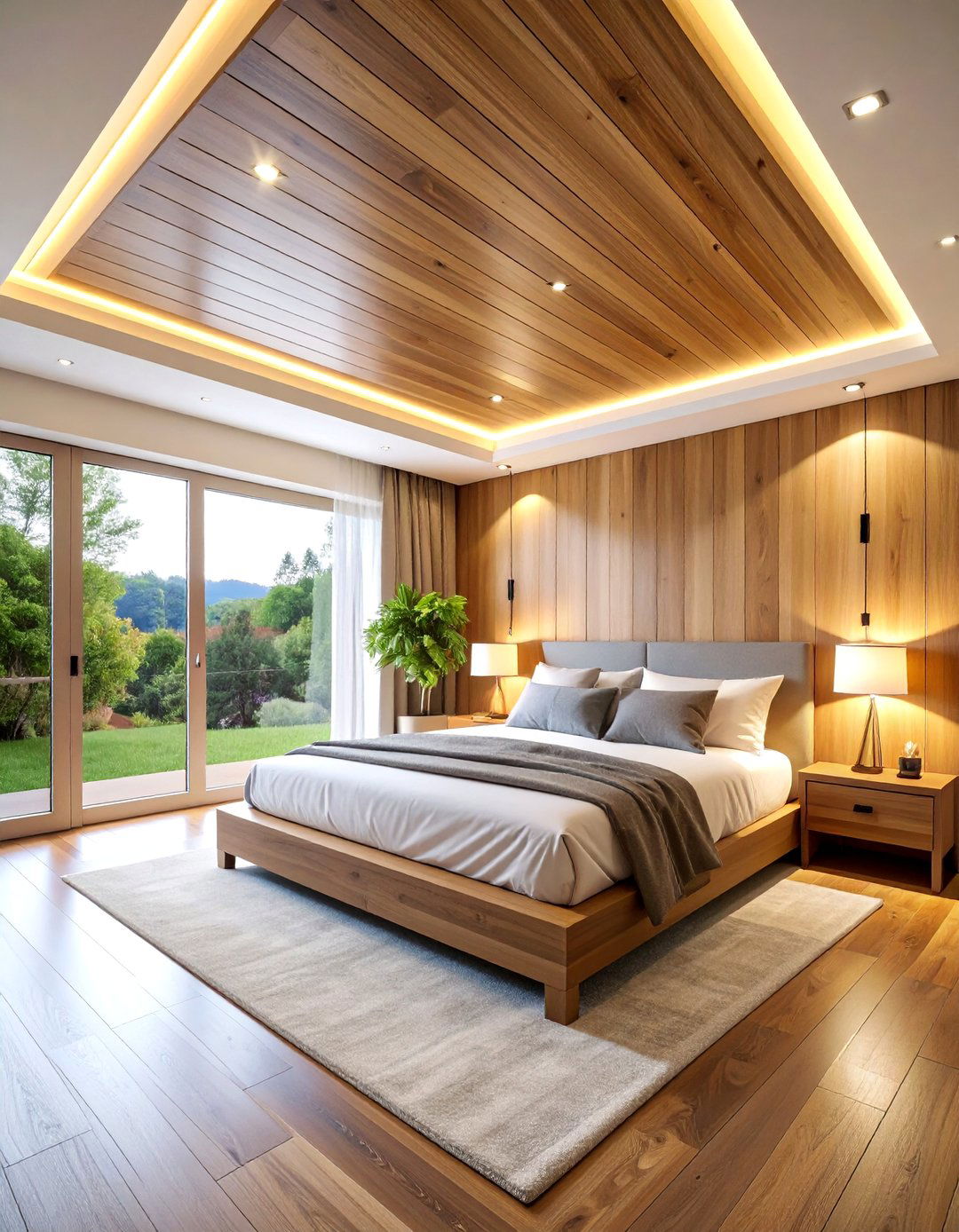
Maple shiplap installed in a tray ceiling configuration with integrated LED accent lighting creates sophisticated rustic ambiance. The tray design adds architectural depth while maple's fine grain and light coloration maintain brightness in the recessed sections. LED strip lighting hidden within the tray framework provides both ambient illumination and dramatic accent lighting that highlights the wood's natural beauty. Maple's hardness resists dents and scratches while its smooth texture creates clean lines that complement contemporary rustic designs. The tray configuration also helps define spaces in open floor plans while maintaining visual connection between areas.
20. Reclaimed Heart Pine Beadboard Ceiling

Heart pine's distinctive grain patterns and natural resin content create stunning rustic ceiling character when installed as traditional beadboard. The wood's natural golden-red coloration develops deeper richness over time while its high resin content provides natural protection against moisture and insects. Beadboard installation showcases the wood's fine grain while the characteristic grooves add traditional architectural detail. Heart pine's historical significance adds authentic charm while its natural durability ensures lasting beauty. The wood's natural luster eliminates the need for heavy finishes while maintaining the warm glow that makes heart pine distinctive among rustic ceiling materials.
21. White-Stained Oak Plank Ceiling with Dark Beams
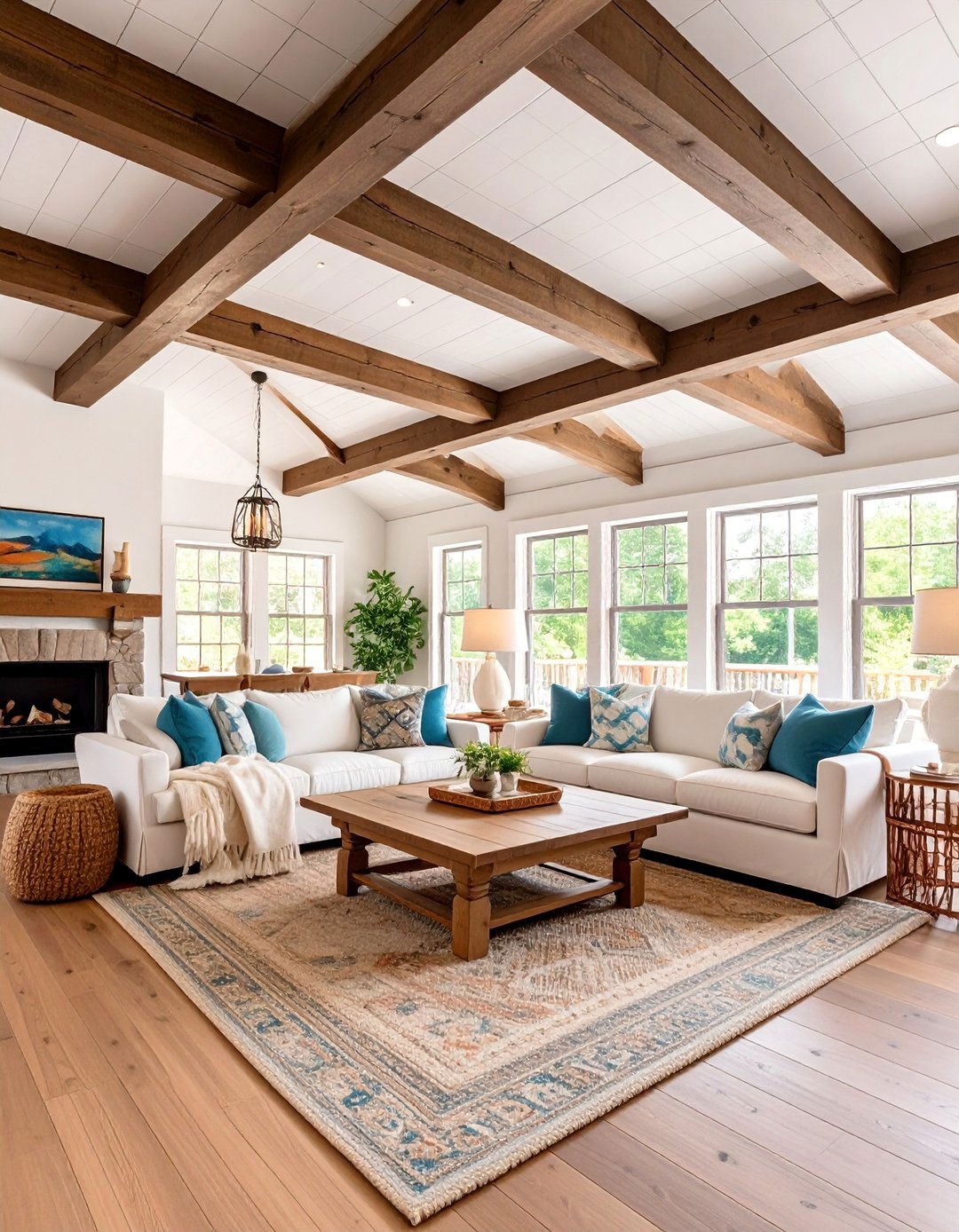
White-stained oak planks contrasted with dark-stained beam framework create sophisticated rustic ceiling designs that balance light and shadow. The white staining allows oak's distinctive grain to show through while brightening spaces that might otherwise feel heavy with natural wood tones. Dark beam contrast adds visual weight and architectural structure while preventing the ceiling from appearing too light or washed out. This color combination works beautifully with both traditional and contemporary décor while maintaining strong rustic foundation through natural wood materials. The contrast also helps define room proportions and architectural features.
22. Cedar Shake Ceiling with Timber Frame Elements

Cedar shake installation creates unique rustic ceiling texture that mimics traditional roofing materials in interior applications. The irregular shake edges provide organic randomness while cedar's natural properties resist moisture and insects. Timber frame elements add structural visual interest while showcasing traditional building techniques. This combination works particularly well in lodges and cabin-style homes where authentic building materials enhance the overall design theme. Cedar shakes can be left natural to weather and gray over time or treated with clear sealers to maintain original coloration while protecting against environmental factors.
23. Knotty Alder Coffered Ceiling with Natural Finish

Knotty alder's distinctive grain patterns and prominent knots create character-rich coffered ceiling designs that celebrate natural wood imperfections. The coffered framework highlights alder's unique coloration while the natural finish preserves the wood's authentic appearance. Alder's relatively soft nature makes it easy to work with while its natural color variations eliminate the need for artificial staining. The coffered structure adds architectural sophistication while maintaining rustic appeal through the wood's natural character. This design works well in casual dining areas and family rooms where relaxed elegance enhances daily living spaces.
24. Pine and Metal Industrial Rustic Ceiling
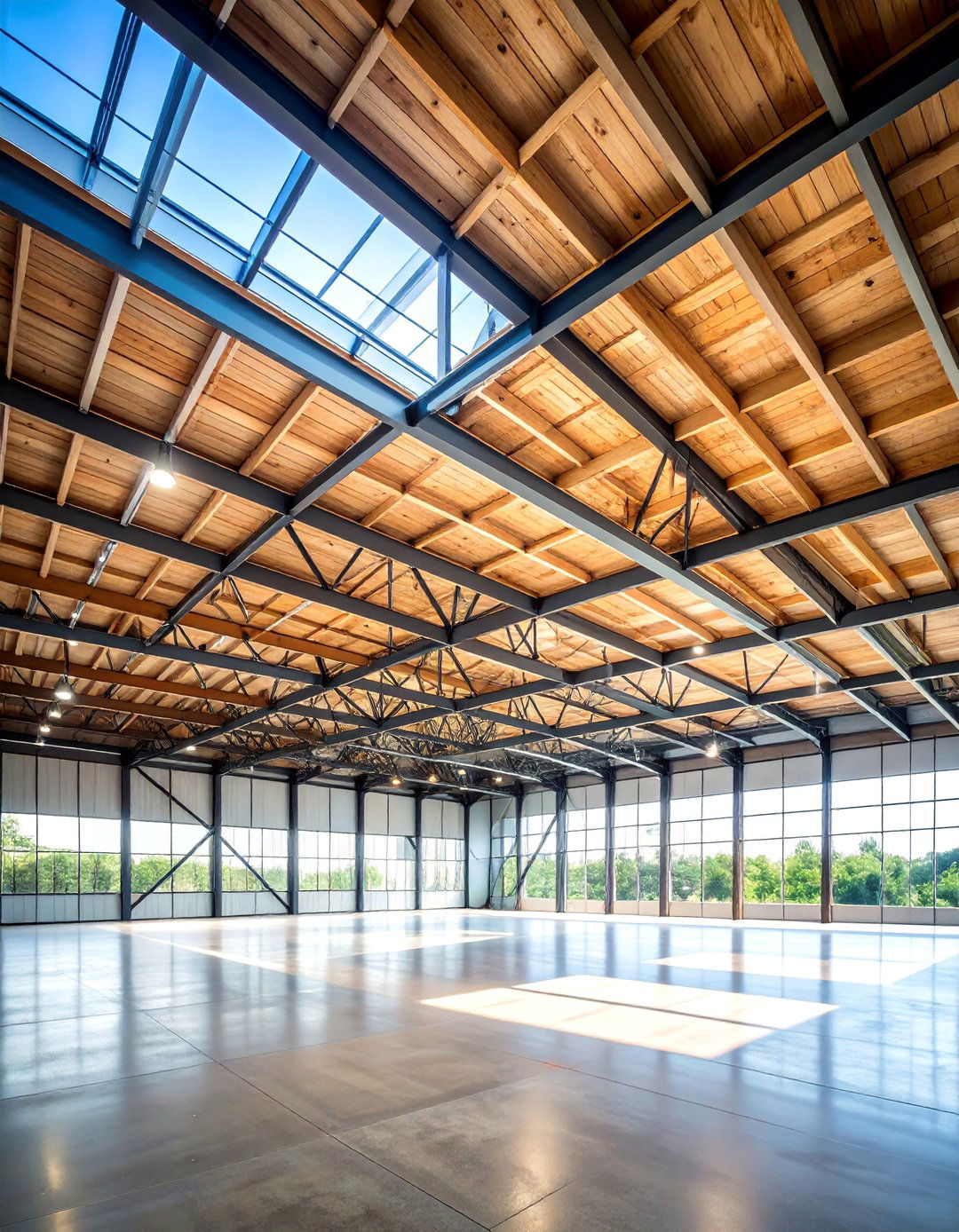
Combine natural pine planks with metal framework for an industrial rustic ceiling that bridges traditional and contemporary design elements. The metal structure provides clean geometric lines while pine planks add warmth and natural texture. This mixed-material approach works particularly well in converted industrial spaces and modern lofts where contrasting materials create visual interest. The metal framework can incorporate exposed electrical conduits and HVAC elements as design features rather than hiding them. Pine's affordability makes this approach budget-friendly while its light color balances the industrial metal elements to prevent the ceiling from feeling too cold.
25. Weathered Redwood Cathedral Ceiling with Skylights

Weathered redwood planks installed in cathedral configuration with integrated skylights create stunning rustic ceiling designs that maximize natural light. Redwood's natural resistance to decay and insects makes it ideal for locations where skylights might introduce moisture concerns. The cathedral installation emphasizes room height while weathered finishing provides authentic aged appearance without waiting for natural weathering processes. Skylights positioned between plank sections flood the space with natural light that highlights the wood's grain patterns and color variations. This combination works beautifully in great rooms and studios where natural illumination enhances both function and aesthetic appeal.
Conclusion:
These rustic ceiling ideas demonstrate how natural materials and traditional techniques can transform any space into a warm, inviting environment. From simple shiplap installations to complex coffered designs, each approach offers unique benefits that enhance both aesthetic appeal and property value. Whether using reclaimed materials for authentic character or new wood for consistent appearance, rustic ceilings provide timeless beauty that complements various architectural styles while creating the cozy atmosphere that makes houses feel like homes.


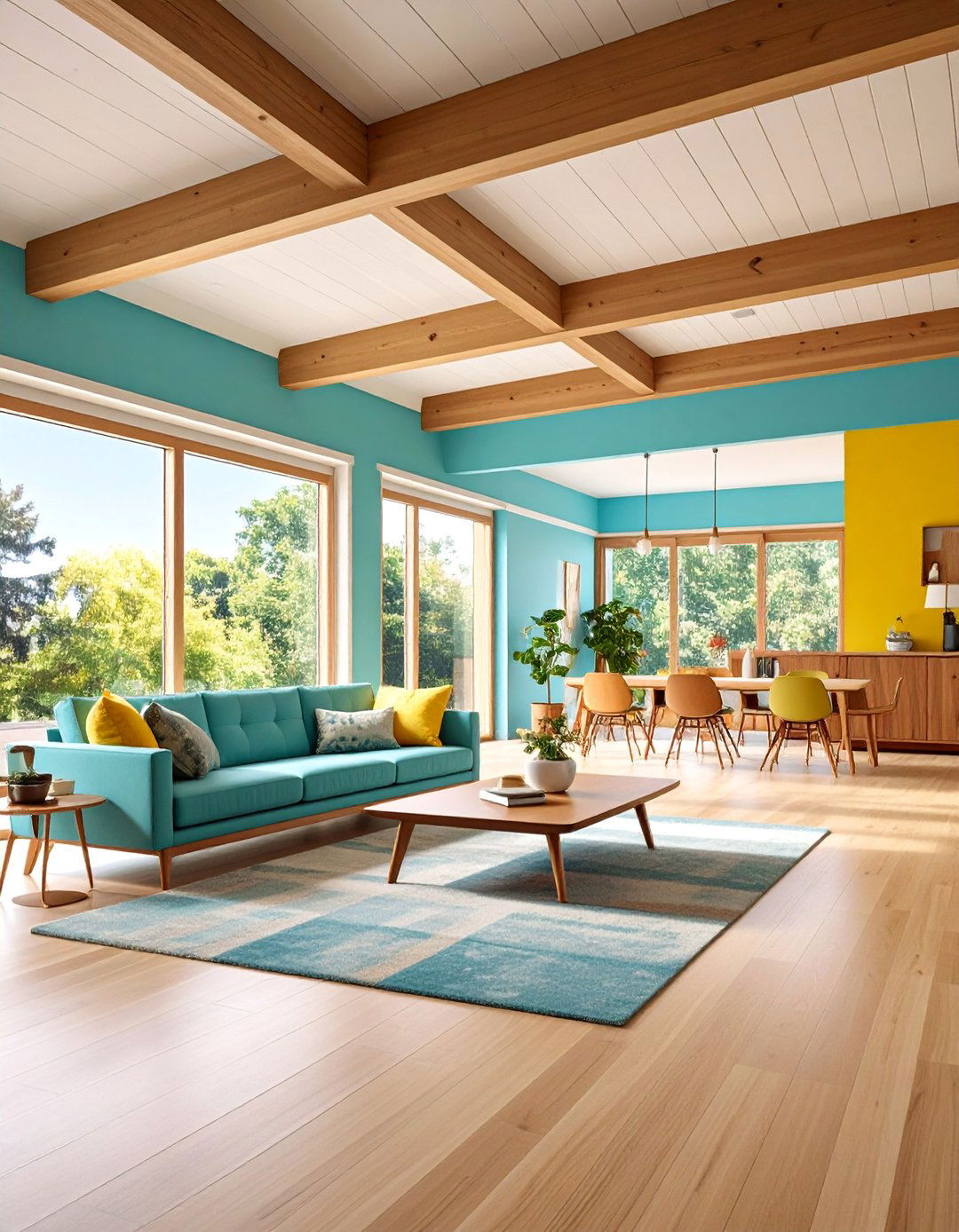
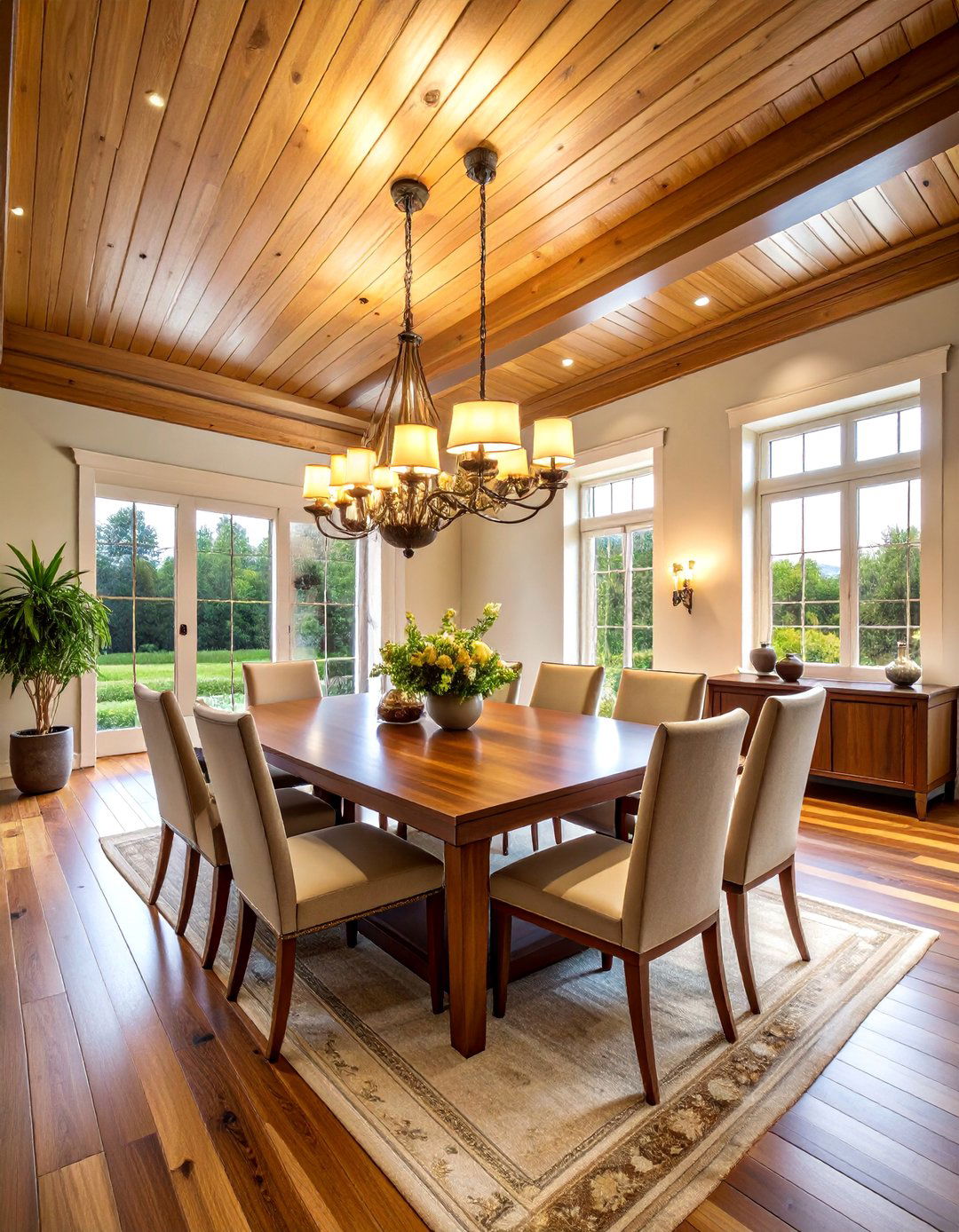


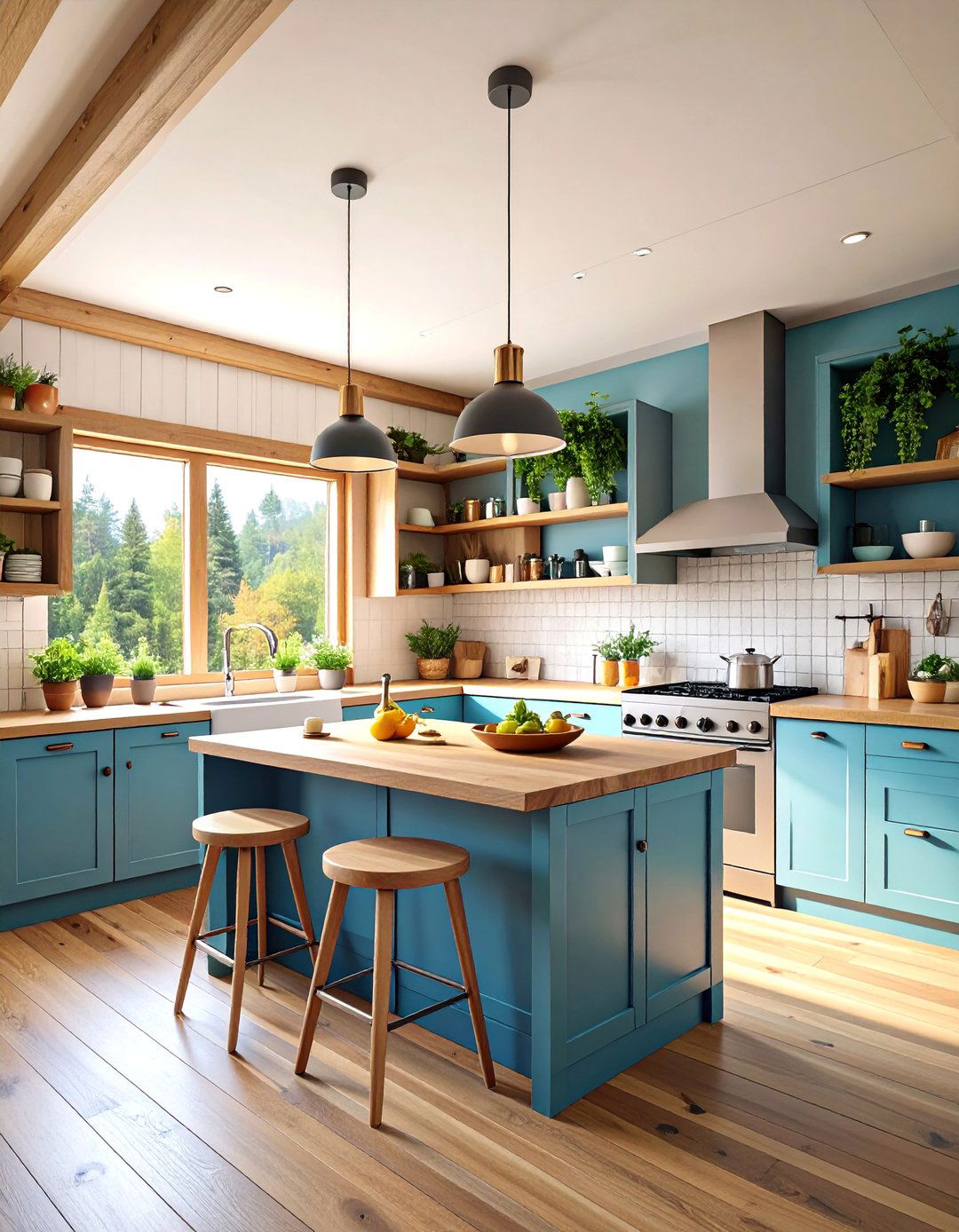

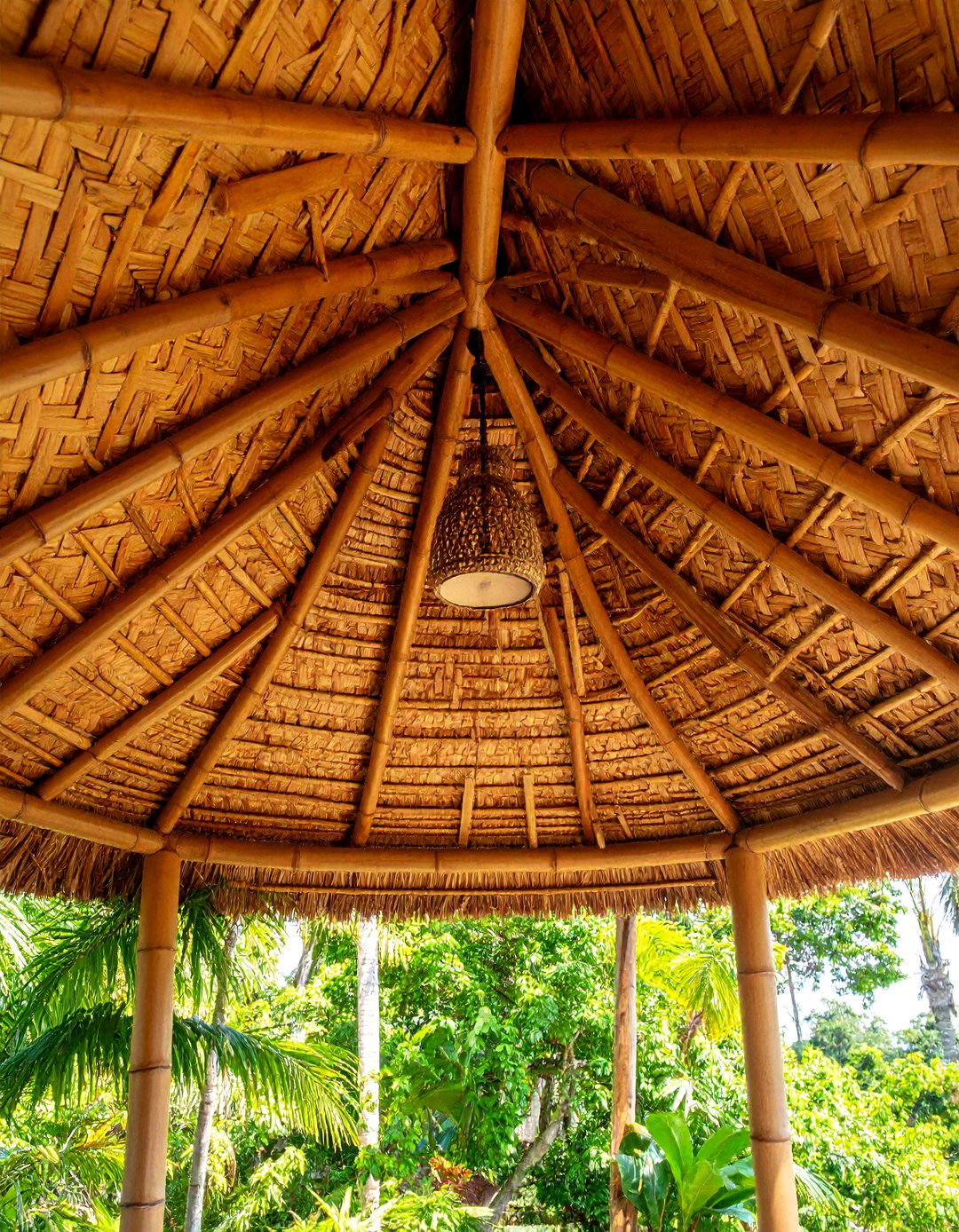
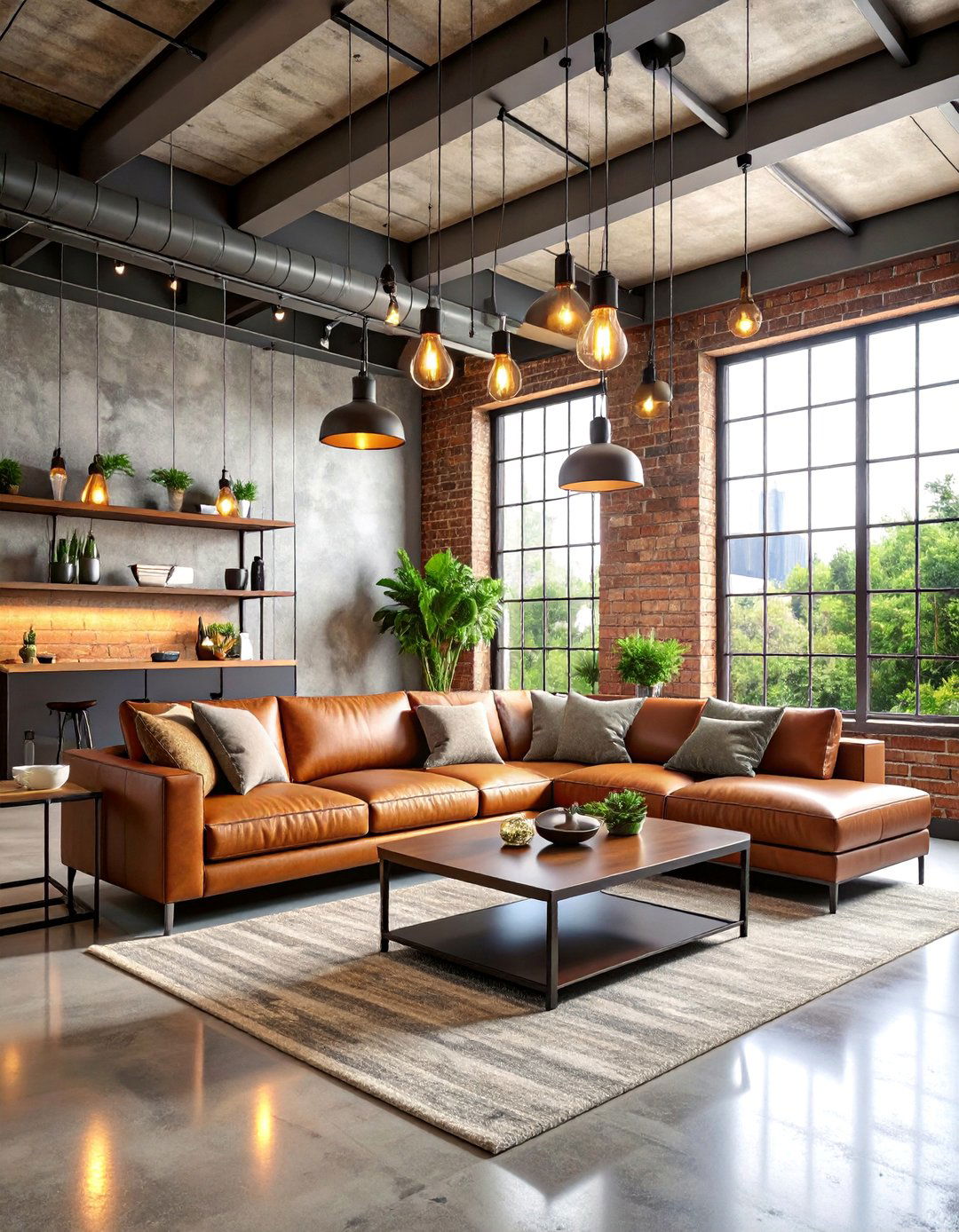
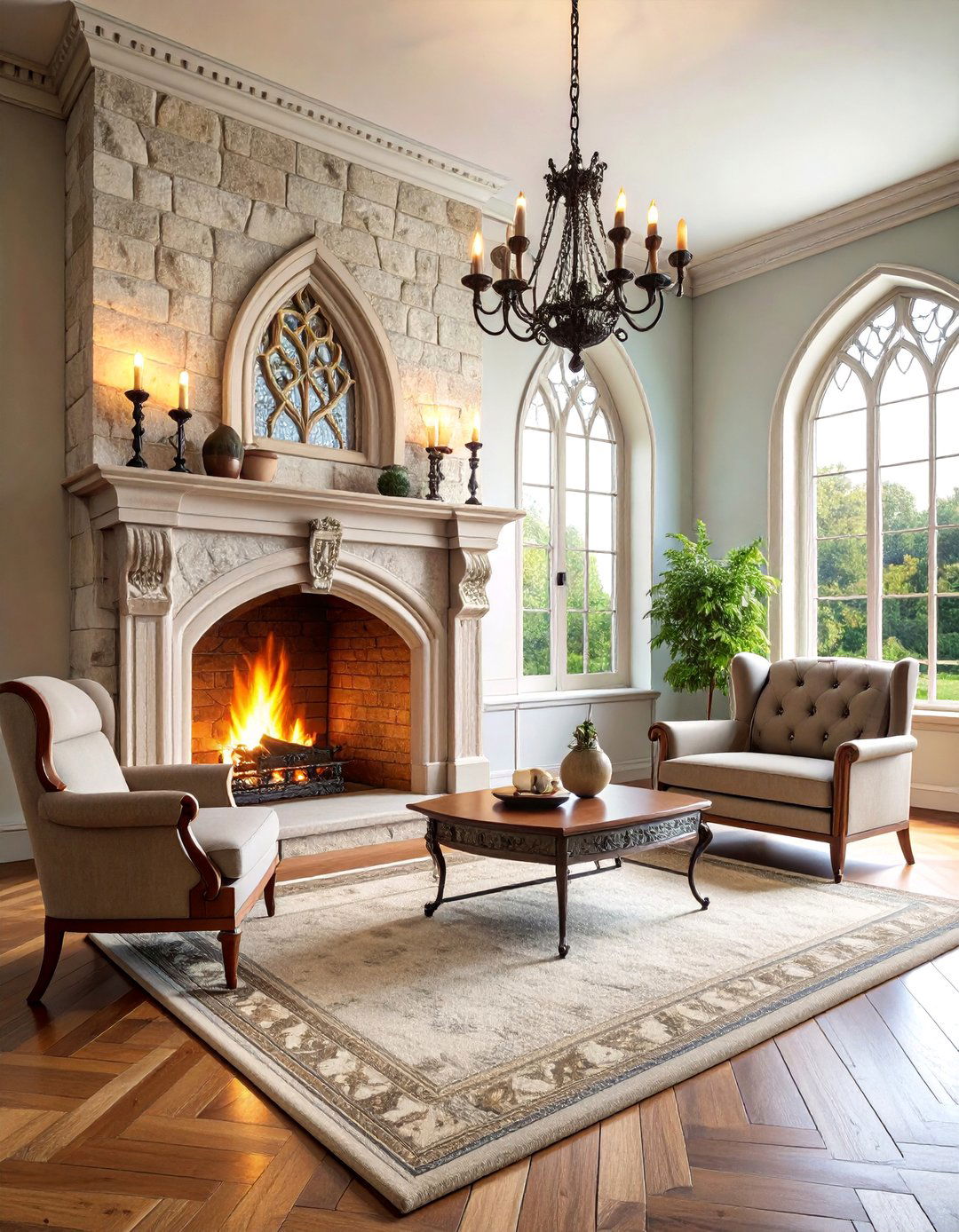

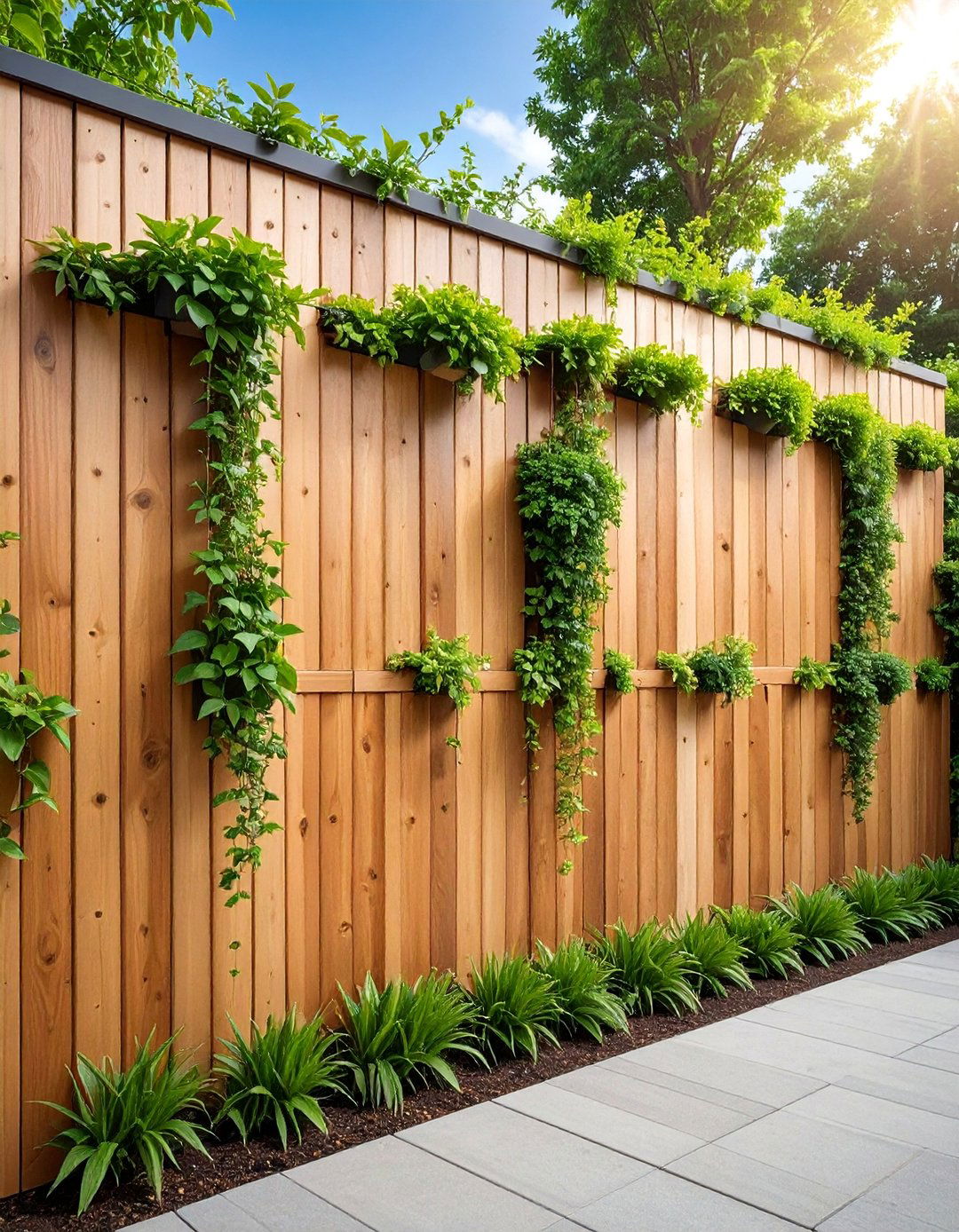
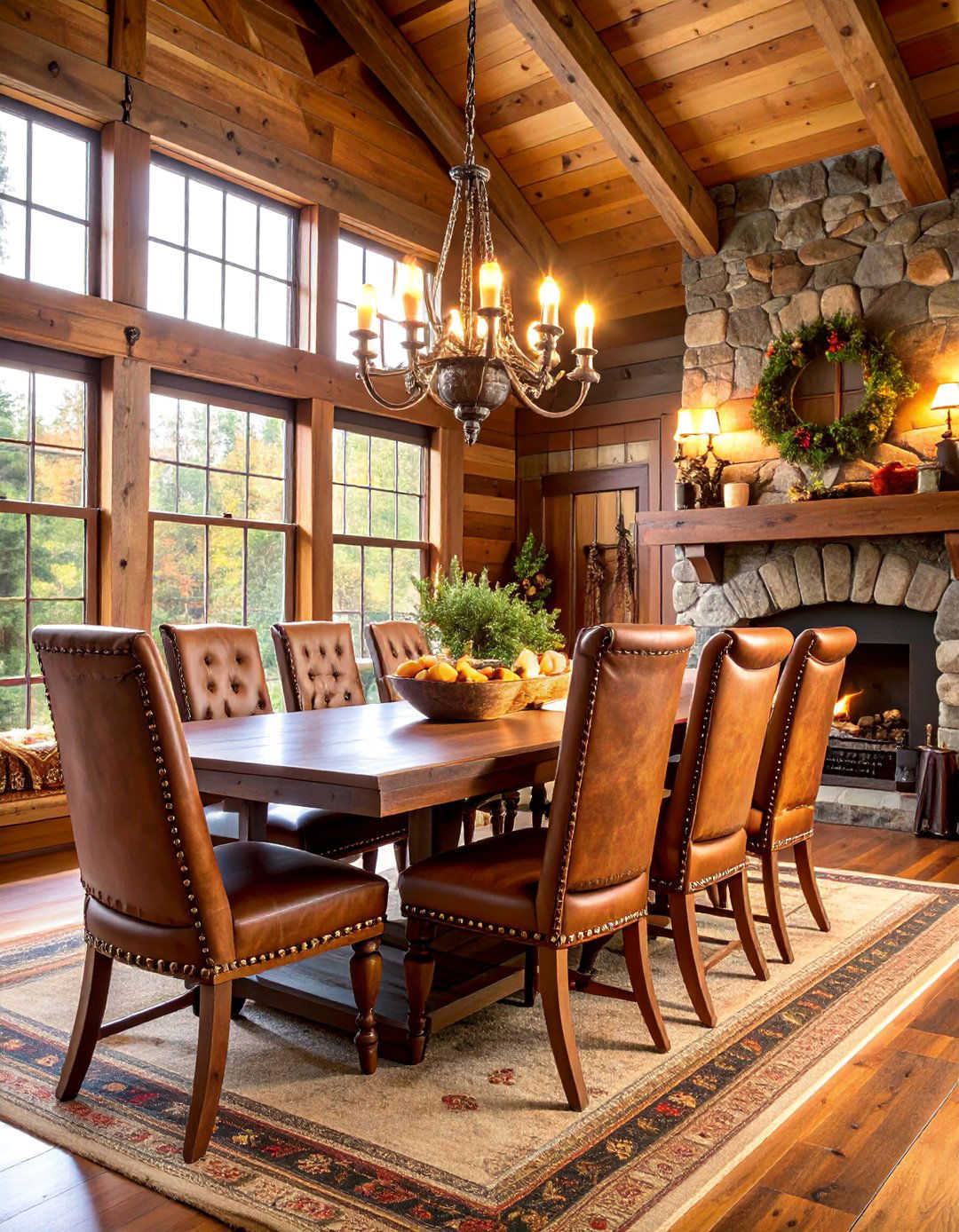


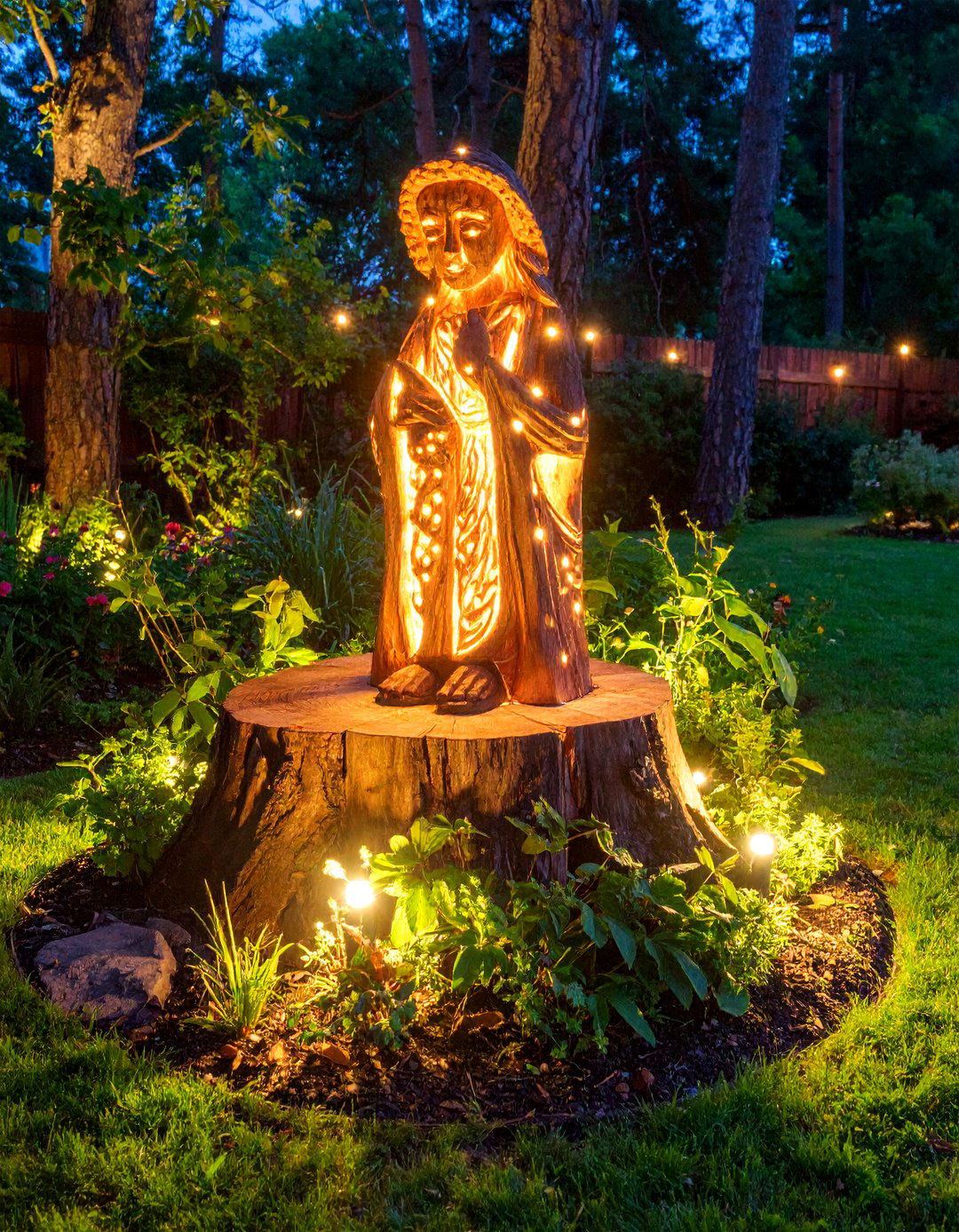
Leave a Reply